What is DRS in Cricket?: DRS Full Form is “Decision Review System”. The Decision Review System or DRS is a digital technology-based process used by either side in a cricket match to assist either the umpires or referees in their decisions.
While on-field Test match umpires have been able to refer some decisions to a third umpire since November 1992, the formal DRS system to add Player Reviews was first used in:
- Test match in 2008
- ODI in January 2011
- T20I in October 2017
India agreed to be the first team to be involved when DRS was trialed in their 2008 Test series in Sri Lanka.
Former India batsman Virender Sehwag‘s lbw on July 23, 2008, became the first decision overturned under the UDRS (as it was called then). In this section, we will discuss the DRS rules in detail and the types of DRS followed in cricket.
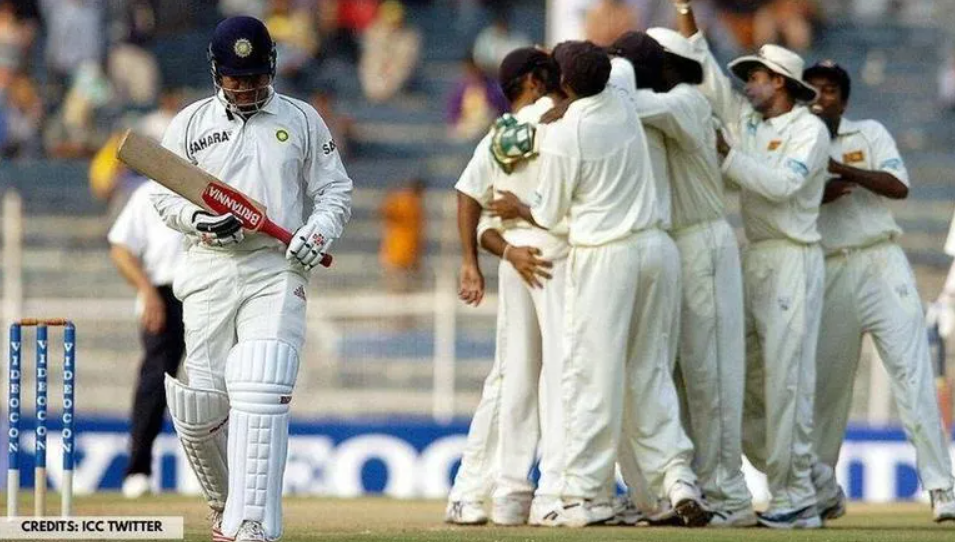
DRS Rules
What is DRS in Cricket: Every decision reviewed using DRS involves fixed steps followed by the third umpire as part of the DRS rules established in cricket.
- After the on-field umpire gives his decision, the challenging team has a time of 15 seconds to make its decision if they want to opt for the DRS call or not.
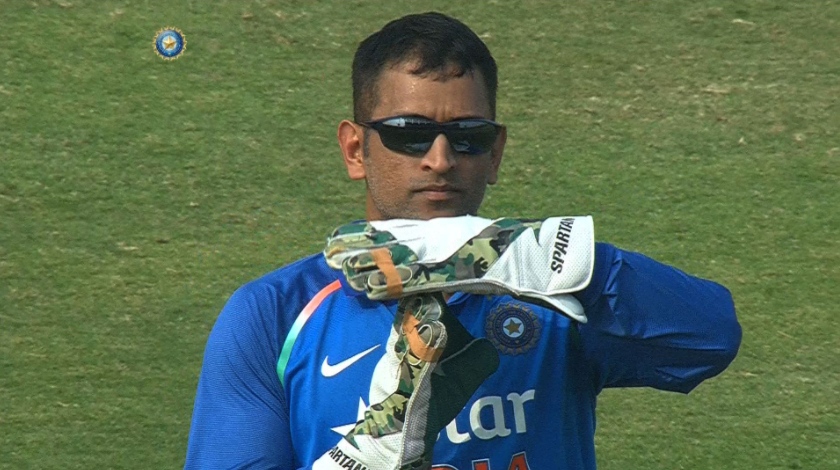
- The fielding captain or the batsman declared out needs to signal a “T” sign to the onfield-umpire to review the decision.
-
- If the on-field umpires believe that a request has not been made within the 15 second time limit, they shall decline the request for a Player Review.
- Under no circumstances is any player permitted to query an umpire about any aspect of a decision before deciding on whether or not to request a Player Review.
- If the on-field umpires believe that the captain or either batsman has received direct or indirect input emanating other than from the players on the field, then they may at their discretion decline the request for a Player Review.
-
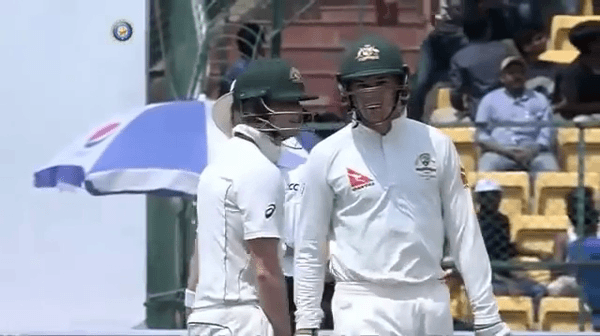
- As it happens, the third umpire checks if it’s a legal delivery in case the bowler has overstepped before proceeding with the replays at the business end.
- If the delivery is fair and legal, then the third umpire proceeds to the other end involving the heart of the event.
- The third umpire is facilitated with Hawk-Eye, Ultra-Edge/Real-Time Snicko (RTS), and HotSpot.
- Among these Ultra-Edge/Real-Time Snicko (RTS) and HotSpot are the two used to check if the ball has hit the bat in case of an lbw or an appeal for a catch.
- The HotSpot technology works on the process of heat caused by the interaction between bat and ball, which will immediately result in a spot on the bat in case of a possible edge.
- Whereas, UltraEdge or RTS uses sound to indicate a deviation or spike when the ball is close to the bat.
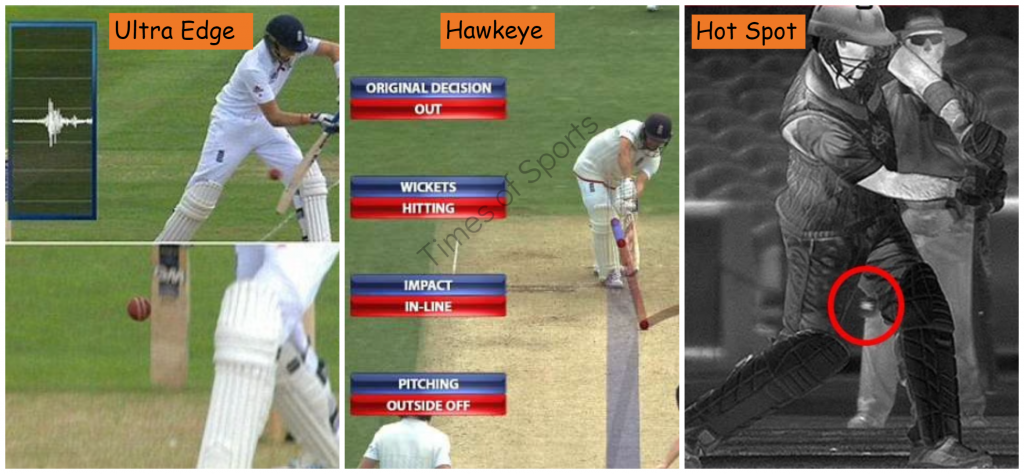
New DRS Rules
Change in LBW review
New DRS rules include an update in the LBW review. According to this, the bails are now included in the ‘wicket zone’ so that the bowlers will now have more chance of getting LBW decisions in their favor.
- The wicket zone is the total area of the stumps, height and width combined.
- In terms of height, before the rule change, the area up to the bottom edge of the bails was taken into consideration.
- Following the rule change, the area up to the top edge of the bails will come into play.
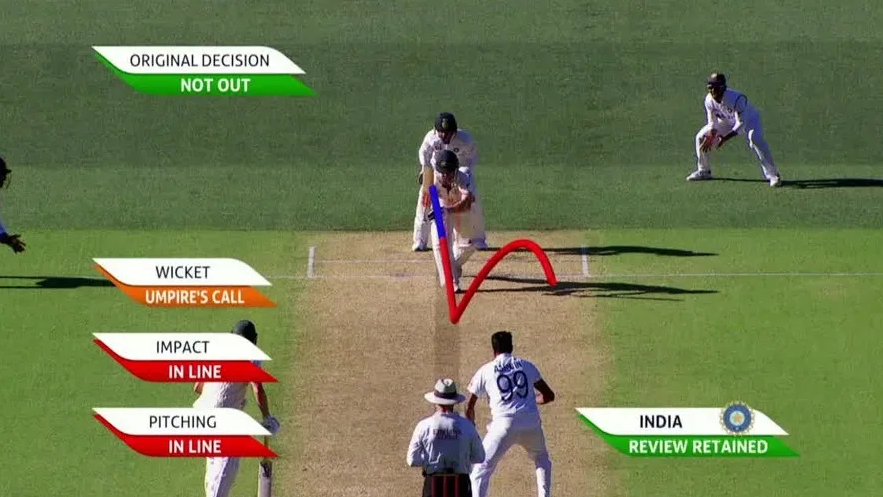
- For example, if an umpire has adjudged a batsman not out, under the old LBW rule through the DRS, more than half the ball needed to hit the bottom edge of the bails for the decision to be overturned.
- Under the new rule, more than half the ball needs to hit the top edge of the bails for the on-field decision to be reversed on review. So, with extra 1.38 inches, the bails’ height, coming into the equation, the bowlers now have a little more room/area for LBWs.
- Under the old rule, deliveries just clipping the bails stayed with the umpire’s call. Following the change, the on-field decision will be reversed if 50 percent of the ball is hitting the top edge of the bails.
What is Umpire’s Call?
The term “Umpire’s Call” in DRS still remains a topic with more discussions in the cricket community. Though almost everyone understands the outcome of the Umpire’s call decision in the DRS many don’t know the exact reason for this. In this section, we will see the exact reason for the above.
In April, the head of the ICC’s powerful and influential Cricket Committee, Anil Kumble, attempted to explain why the umpire’s call was still seen as a vital aspect of DRS.
“The principle underpinning DRS was to correct clear errors in the game whilst ensuring the role of the umpire as the decision-maker on the field of play was preserved, bearing in mind the element of prediction involved with the technology. Umpire’s call allows that to happen, which is why it is important it remains.” Kumble said.
When ball tracking technology is used to determine the outcome of a delivery, a three-step process decides the batter’s fate.
Firstly, there’s the Pitching Zone. It’s the two-dimensional shaded line that runs down the length of the pitch, with its boundaries set at the outer edge of the stumps at each end.
Secondly, there is the Impact Zone, where the ball hits the pad (or bat, for some of the really bad reviews we’ve seen) for the first time. It is a three-dimensional space extending between both sets of stumps, from ground level to an indefinite height vertically. Its horizontal boundaries are the outer edge of leg and off stump.
Finally, the Wicket Zone is a two-dimensional area bounded by the stumps, from their base to the top of the bails, and the full width from the outer edge of the off and leg stumps.
Umpire’s call will come into play when the impact is a long way from the stumps. The playing conditions stipulate that if the first point of interception was 300cm or more from the stumps, then the umpire’s call remains.
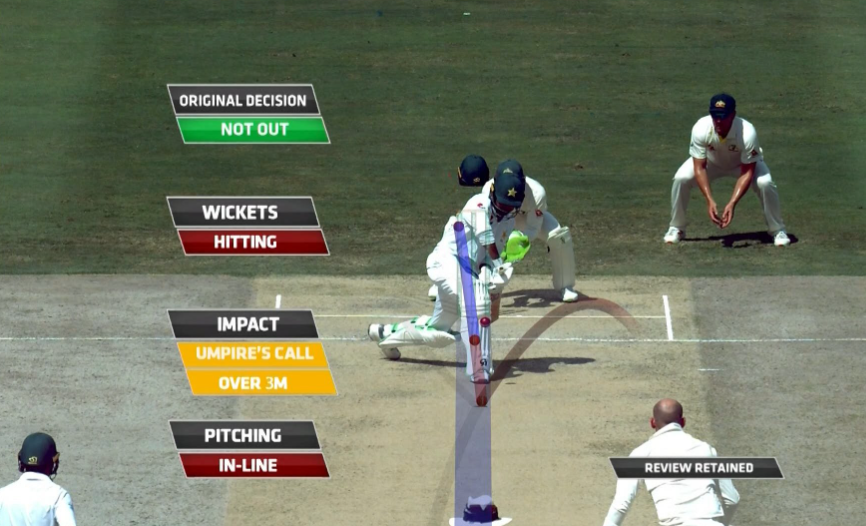
This rule also comes into play if the batter is more than 250cm or more from the stumps and the distance between the ball pitching and striking the batter is 40cm or less.
So if a batter is outside the crease and the ball ‘half-volleys’ into their pad then the decision is going to stay with the umpire as there isn’t enough information for ball tracking to predict where the ball is going to go.
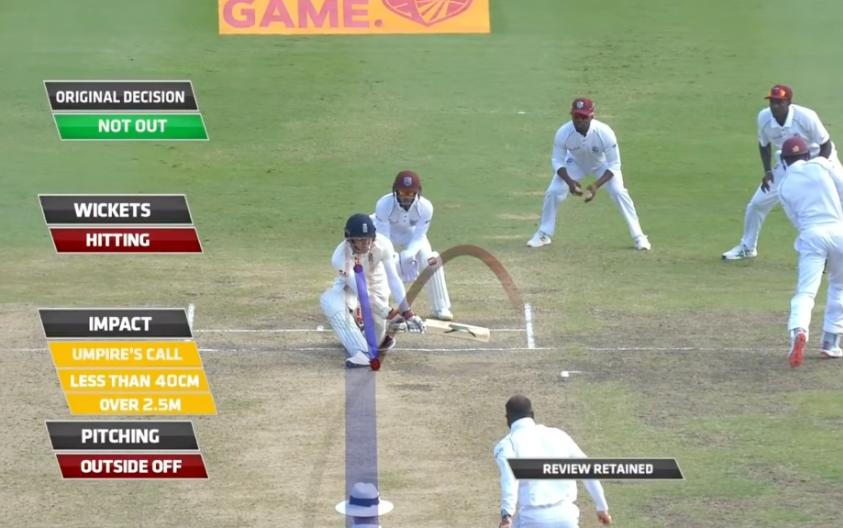
The wickets zone has long been a bone of contention for the system and it has been tweaked on several occasions in the DRS’s short history. As of the updated rule, the wickets zone spans from the base of the stumps, to the outside of the outer stumps, to the top of the stumps.
Notably, the top of the stumps includes the bails. As of the old rule(before April 2021), the wickets zone only extended to the bottom of the bails, meaning that deliveries that were clipping the bails would remain the umpire’s call.
If that same delivery was reviewed in 2022, the batsman would see three reds and will be given OUT.
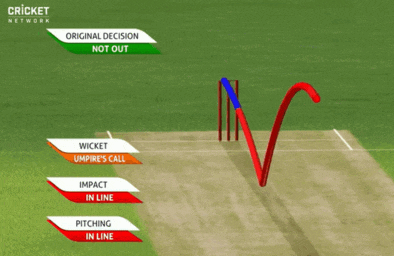
what would happen if the ball was exactly 50 per cent in and 50 per cent out of the pitching zone?
According to the ICC, the ball must be more than 50 per cent out to be considered outside the line.
DRS Retained for Umpire’s call
According to the new DRS rules, a review will now not be lost in case of a decision that remains unchanged, solely as the result of an ‘umpire’s call’.
- As for DRS in Test matches, there will be no more top-up reviews after 80 overs of an innings, meaning that there can only be two unsuccessful reviews in each innings, while the DRS will now also be allowed to be used in T20Is.
- An important change with respect to runouts is that if a batsman is running or diving towards the crease with forward momentum, and has grounded his/her bat behind the popping crease but subsequently lost contact with the ground at the time of the wickets being put down, the batsman will not be run out.
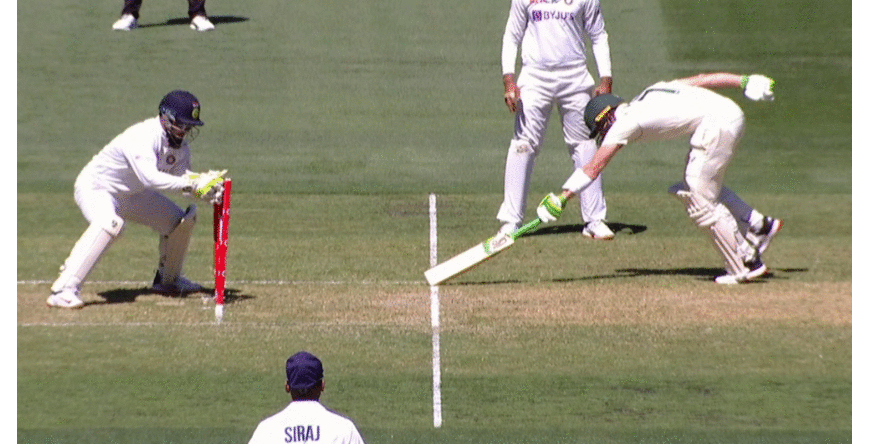
- The same interpretation will also apply for a batsman trying to regain his/her ground to avoid being stumped.
- For boundary catches, airborne fielders making their first contact with the ball will need to have taken off from within the boundary, otherwise, a boundary will be scored.
- Besides, a batsman can now be out caught, stumped, or run out even if the ball bounces off the helmet worn by a fielder or wicket-keeper.
Umpire’s Call Rule in DRS
- In 2016, the International Cricket Council (ICC) introduced Umpire’s Call rule as part of the DRS.
- It was done to encourage the on-field umpires to make decisions and give them the benefit of doubt in the case of marginal lbw decisions.
- As per ICC, Umpire’s Call is the concept within the DRS under which the on-field decision of the bowler’s end umpire shall stand, which shall apply under the specific circumstances set out in paragraphs 3.4.5 and 3.4.6 of Appendix D, where the ball-tracking technology indicates a marginal decision in respect of either the Impact Zone or the Wicket Zone.
- Umpire’s Call means that the decision given by the on-field umpire will stay put in case the ball-tracker shows the ball hitting the stump as Umpire’s call.
- The third umpire in such a scenario cannot overturn the decision as it a marginal call that is governed by the decision made by the field umpire.
- Also, the team asking for a review doesn’t lose the review in case the tracker shows it as Umpire’s Call.
- For a player to be given out, the ball should pitch in line or outside the off stump (when a shot is offered), must have an impact in line with the ball clearly hitting the wickets.
What are the types of DRS reviews?
In cricket two types of reviews are followed for reviving the umpire’s decision.
- Umpire Review
- Player Review
Umpire Review
Umpire review doesn’t come under DRS, the on-field umpires consult with the third umpire at their discretion to rule, for example, on an inconclusive catch or an inconclusive runout.
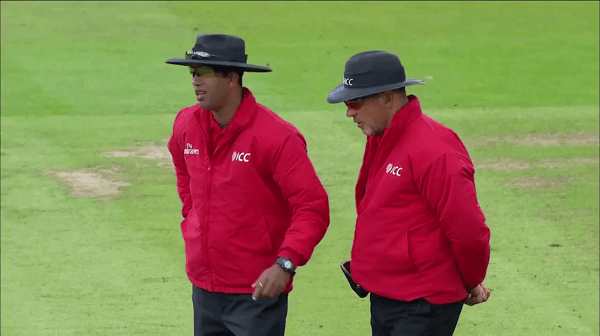
Players may not appeal to the on-field umpires to use the Umpire Review. Breach of this provision may constitute dissent and the player may be subject to disciplinary action under the ICC Code of Conduct for Players and Player Support Personnel.
- The relevant on-field umpire shall be entitled to refer an appeal for run-out, stumped, bowled or hit wicket to the third umpire.
- An on-field umpire wishing to refer a decision to the third umpire shall signal to the third umpire by making the shape of a TV screen with his/her hands.
- In the case of a referral of a run-out, bowled, hit wicket, or stumped decision, the third umpire shall first check the fairness of the delivery (all modes of No ball except for the bowler using an Illegal Bowling Action).
-
- If the delivery was not a fair delivery the third umpire shall indicate that the batsman is Not out and advise the on-field umpire to signal No ball.
-
- Additionally, if the third umpire finds the batsman is Out by another mode of dismissal (excluding LBW), or Not out by any mode of dismissal (excluding LBW), he/she shall notify the on-field umpire so that the correct decision is made.
- If the third umpire decides that the batsman is Out, a red light shall be displayed, if the third umpire decides that the batsman is Not out, a green light shall be displayed.
- As an alternative to the red/green light system, the replay screen may be used for the purpose of conveying the third umpire’s decision, in line with the ICC Big Screen Policy.
- If the third umpire is temporarily unable to respond, a white light (where available) shall remain illuminated throughout the period of interruption to signify to the on-field umpires that Umpire Reviews are temporarily unavailable, in which case the decision shall be taken by the on-field umpire.
DRS for Caught Decision and Obstructing the field
In some cases, the umpires will appeal to the third umpire to confirm that whether the fielder has caught the ball in hand before it reaches the ground or not.
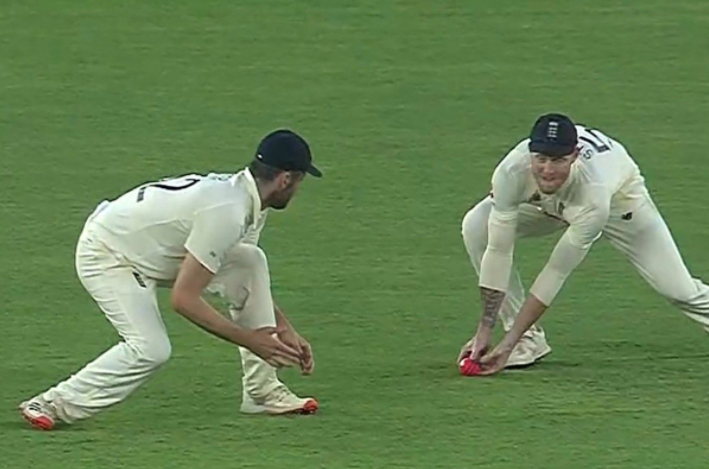
- If the bowler’s end umpire is unable to decide upon a Fair Catch or a Bump Ball, or if, on appeal from the fielding side, the batsman obstructed the field, he/she shall first consult with the striker’s end umpire.
- When both on-field umpires require assistance from the third umpire to make a decision, the bowler’s end umpire shall firstly take a decision on-field after consulting with the striker’s end umpire, before consulting by two-way radio with the third umpire.
- Such consultation shall be initiated by the bowler’s end umpire to the third umpire by making the shape of a TV screen with his/her hands, followed by a Soft Signal of Out or Not out made with the hands close to the chest at chest height.
- If the third umpire advises that the replay evidence is inconclusive, the on-field decision communicated at the start of the consultation process shall stand.
- The third umpire shall determine whether the batsman has been caught, whether the delivery was a Bump Ball, or if the batsman obstructed the field.
- However, in reviewing the television replay(s), the third umpire shall first check the fairness of the delivery for all decisions involving a catch (all modes of No ball except for the bowler using an Illegal Bowling Action) and whether the batsman has hit the ball.
-
- If the delivery was not a fair delivery or if it is clear to the third umpire that the batsman did not hit the ball he/she shall indicate to the bowler’s end umpire that the batsman is Not out caught, and in the case of an unfair delivery, advise the bowler’s end umpire to signal No ball.
-
- Additionally, if it is clear to the third umpire that the batsman is out by another mode of dismissal (excluding LBW), or Not out by any mode of dismissal (excluding LBW), he/she shall notify the bowler’s end umpire so that the correct decision can be made.
Player Review
The batsman(batting team) or captain of the fielding team will call for DRS when they are not convinced with the on-field umpire’s decision.
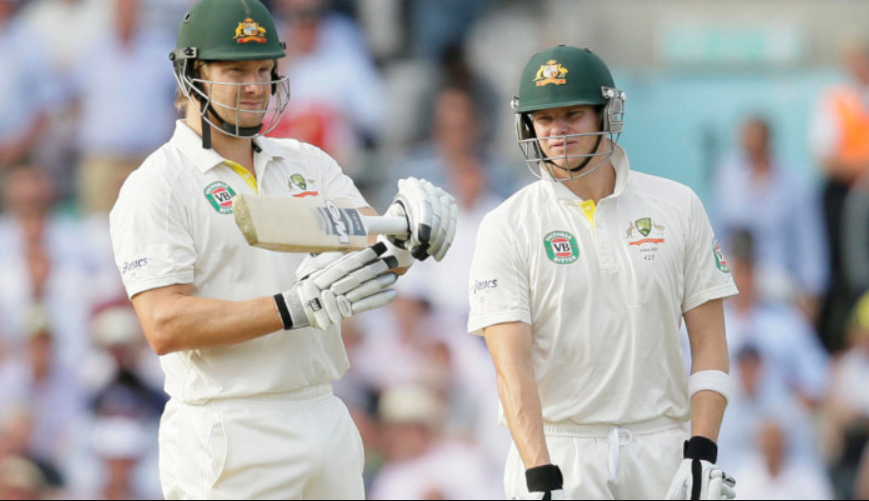
- A player may request a review of any decision taken by the on-field umpires concerning whether or not a batsman is dismissed.
- Only the batsman involved in dismissal may request a Player Review of an Out decision and only the captain (or acting captain) of the fielding team may request a Player Review of a Not out decision.
- The captain may consult with the bowler and other fielders, and the two batsmen may consult with each other prior to deciding whether to request a Player Review.
- No other decisions made by the umpires are eligible for a Player Review with the exception of Fair Catch/Bump Ball (even after the third umpire has been consulted and the decision communicated).
- In particular, signals from the dressing room must not be given. No replays, either at normal speed or slow motion, shall be shown on a big screen to spectators until the 15-second time limit allowed for requesting a Player Review has elapsed.
- The request for a Player Review may be made after the Umpire Review, provided the request is still within the 15-second time limit.
- The request for the player review cannot be withdrawn once it has been made.
How many DRS are allowed in ODI cricket?
According to the ICC rules, each team is allowed to use 1 DRS review per innings. A successful review allows teams to retain a DRS review at any point.
How many DRS are allowed in T20I cricket?
As of ODI, International T20 matches are also allowed to use DRS once per inning. And also a successful review allows teams to retain a DRS review at any point.
How many DRS are allowed in Test cricket?
Initially, each team had three unsuccessful DRS challenges, but that was reduced to two per innings in Test cricket. Reviews left from the first innings of a Test do not carry over to the second innings.
Who is the king of DRS in cricket?
Former Indian cricketer MS Dhoni is considered the king of DRS. Some even expand DRS as the “Dhoni Review System”(Fans’ suggestion not official).

